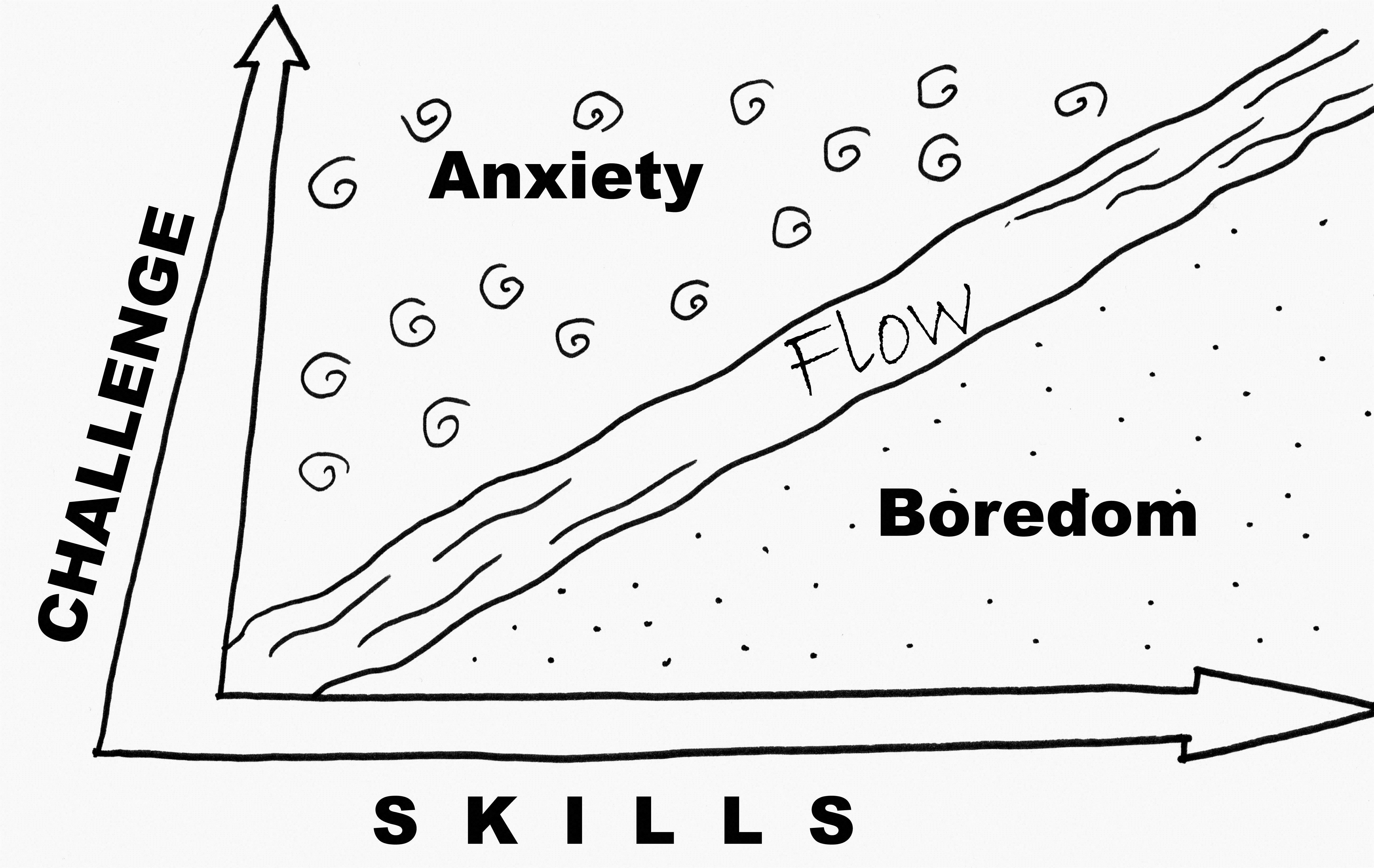 Following his post defining and exploring two kinds of motivation in adult learners, Mark Hancock, co-author of the English Result series, continues the series with a consideration of why some material is inherently more motivating than others.
Following his post defining and exploring two kinds of motivation in adult learners, Mark Hancock, co-author of the English Result series, continues the series with a consideration of why some material is inherently more motivating than others.
In Williams and Burden’s book Psychology for Language Teachers (1997) they trace back certain theories of motivation to a theoretical assumption of ‘homeostasis’ – namely that animals – and people – prefer not to be in a state of arousal. That is, we would prefer to be in a state of having all our physical and intellectual needs satisfied.
However, experiments have shown this not to be the case, and that even rats are motivated by curiosity and novelty. John McVicar Hunt (1961) identified the motivating force of curiosity: we actively seek material which is surprising, incongruous, or discrepant.
To see what this might look like in more concrete classroom terms, consider the following example from Widdowson (2003). He suggests that there is a big problem with the following pedagogic text, with its accompanying illustration:
This is a man. He is John Brown; he is Mr Brown. He is sitting in a chair. This is a woman. She is Mary Brown; she is Mrs Brown. She is standing by a table. Mr Brown has a book. The book is in his hand; he has a book in his hand. Mrs Brown has a bag …”
Widdowson’s problem is not, as you might expect, that the text is so unnatural and unlike anything in real life. These things are not necessarily problematic. The real problem is that the text is boring. It tells us nothing that we didn’t already know from the picture. The text is ‘simply a device for demonstration. As such, it offers nothing for learners to engage with’. You might say that the text is too stable – there are no loose ends to provoke any kind of curiosity.
Widdowson goes on to show us how, with a couple of modifications, we can introduce these loose ends:
This is a man. He is John Brown; he is Mr Brown. He is sitting in a chair. This is a woman. She is not Mrs Brown. She is standing by a table. She has a look in her eye. Mr Brown has an idea in his head. He has a book in his hand …”
This second version of the text is certainly much more engaging – it has been transformed from pattern sentences into narrative. Suddenly, it has spark, and is much more likely to provoke intrinsic interest than the first version.
Williams and Burden go on to qualify the idea that surprising and incongruous material is motivating. They say that there is an optimum level of arousal, and if the material is too complex or incongruous, it can lead to confusion, anxiety and avoidance. This can be illustrated with the following diagram adapted from Csikszentmihalyi (2002):

The diagram shows that if material is too difficult in relation to a learner’s competence, it leads to confusion and anxiety, while if the material is too easy, it leads to boredom. Neither anxiety nor boredom is conducive to enjoyment or learning.
‘Enjoyment appears at the boundary between boredom and anxiety, when the challenges are just balanced with the person’s capacity to act’ (Csikszentmihalyi 2002). Csikszentmihalyi calls the experience of being in this optimal boundary area ‘flow’, which he describes as ‘being utterly absorbed in something for its own sake because it’s enjoyable and you feel effective’.
Material which is intrinsically motivating, we could say, is material which induces the experience of ‘flow’. In the third and final post in this series, we will examine what kind of material is intrinsically motivating and most likely to induce ‘flow’.


This measured tension that we call flow is very important because it creates transderivational searches in the learner’s mind. It’s very effective because the learner has to fill in the gaps and provide meaning for themselves.
Teachers can do a lot of this in class by modifying their own language to keep it slightly above the student’s level of competence (i+1 as Krashen would say) but also by applying the Milton Model – a set of grammatical devices that are intentionally vague and put the onus on the student rather than the teacher.
Very enlightening article about the psychology of students. I am left wondering, however, if the teacher has any ability to spark intrinsic motivation or are teachers simply relegated to relying on the student’s own interest?